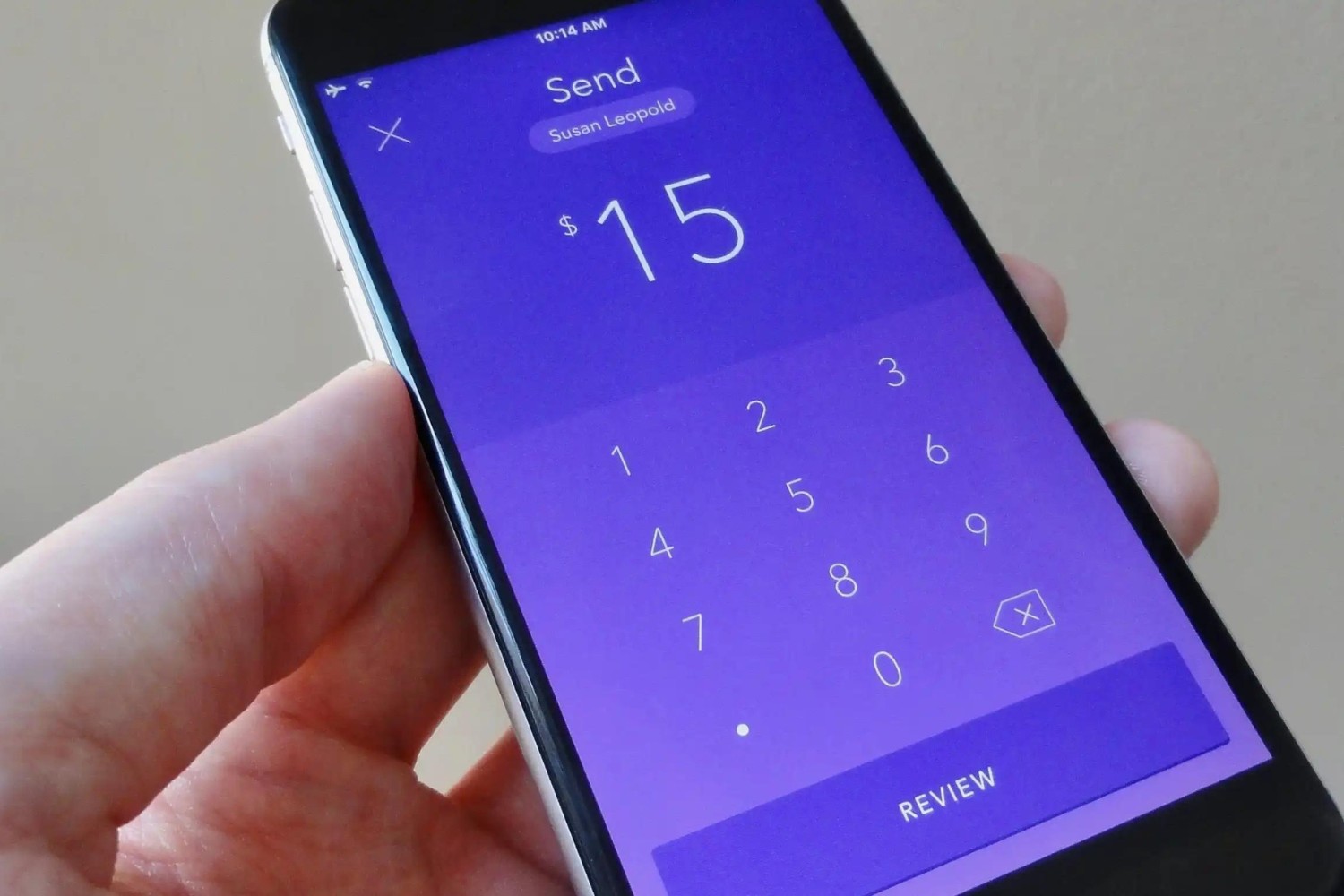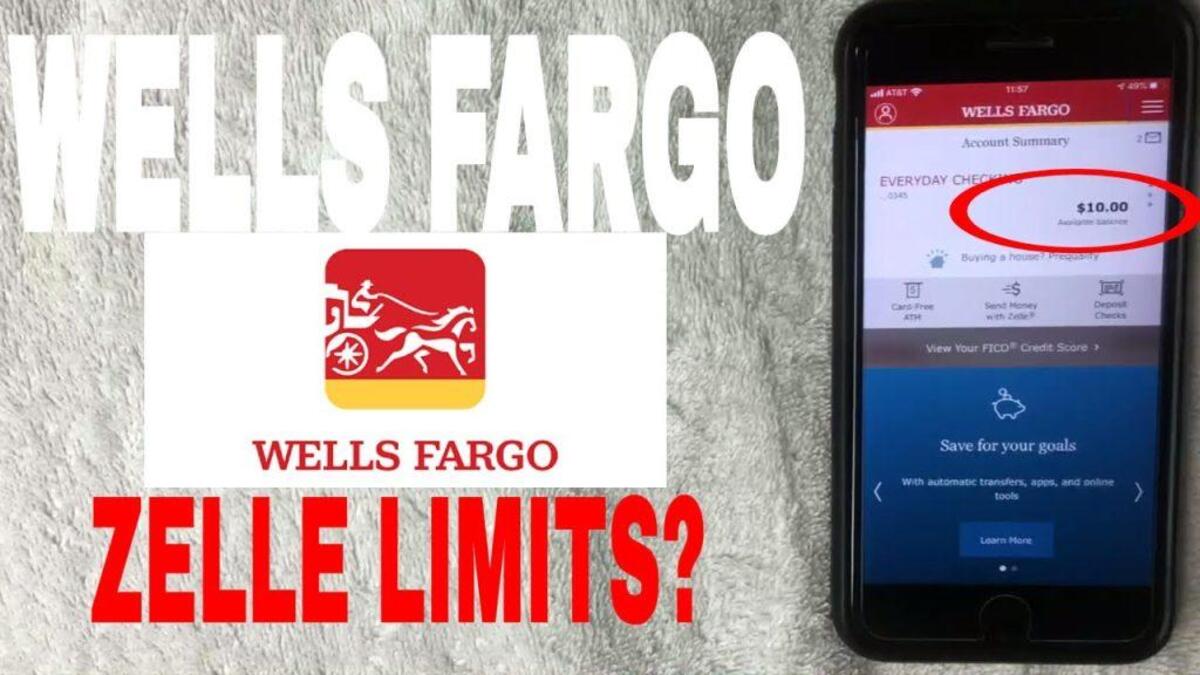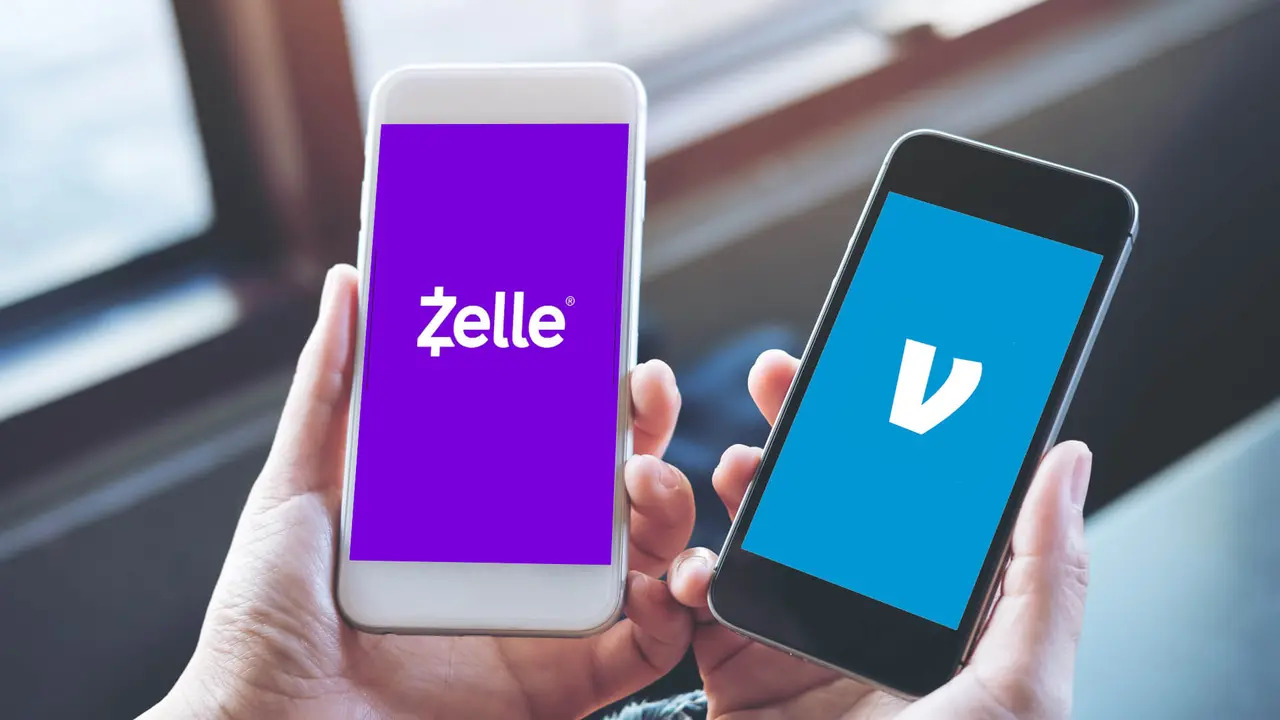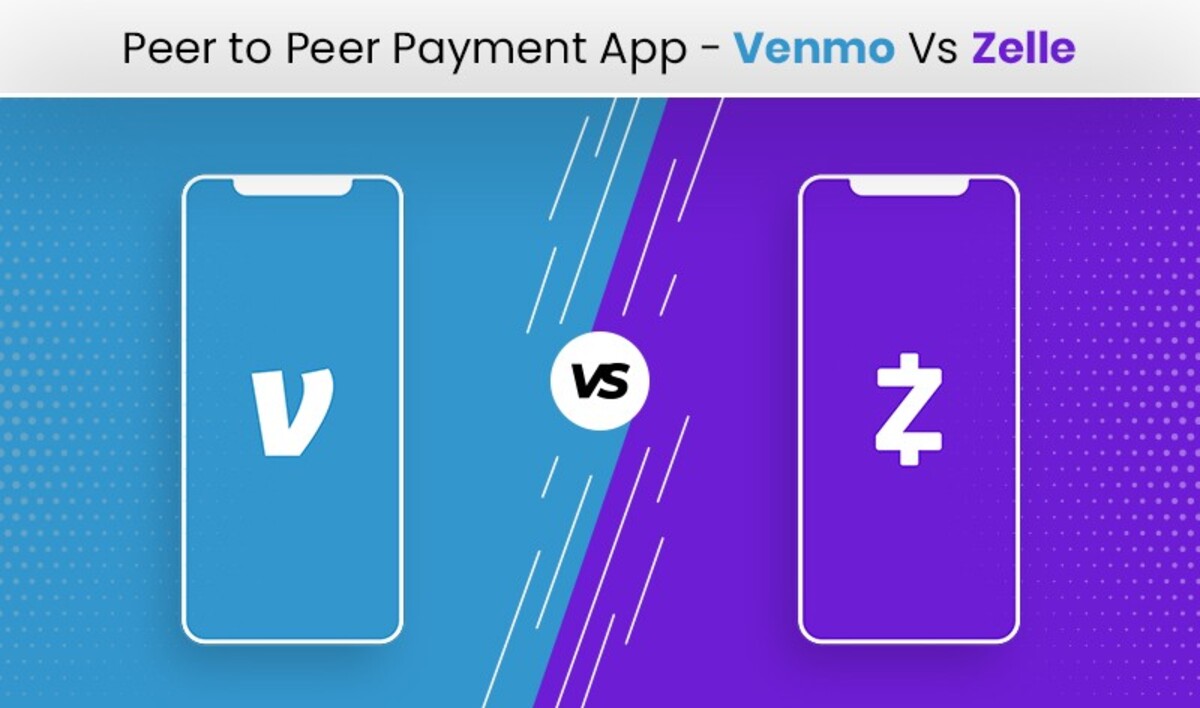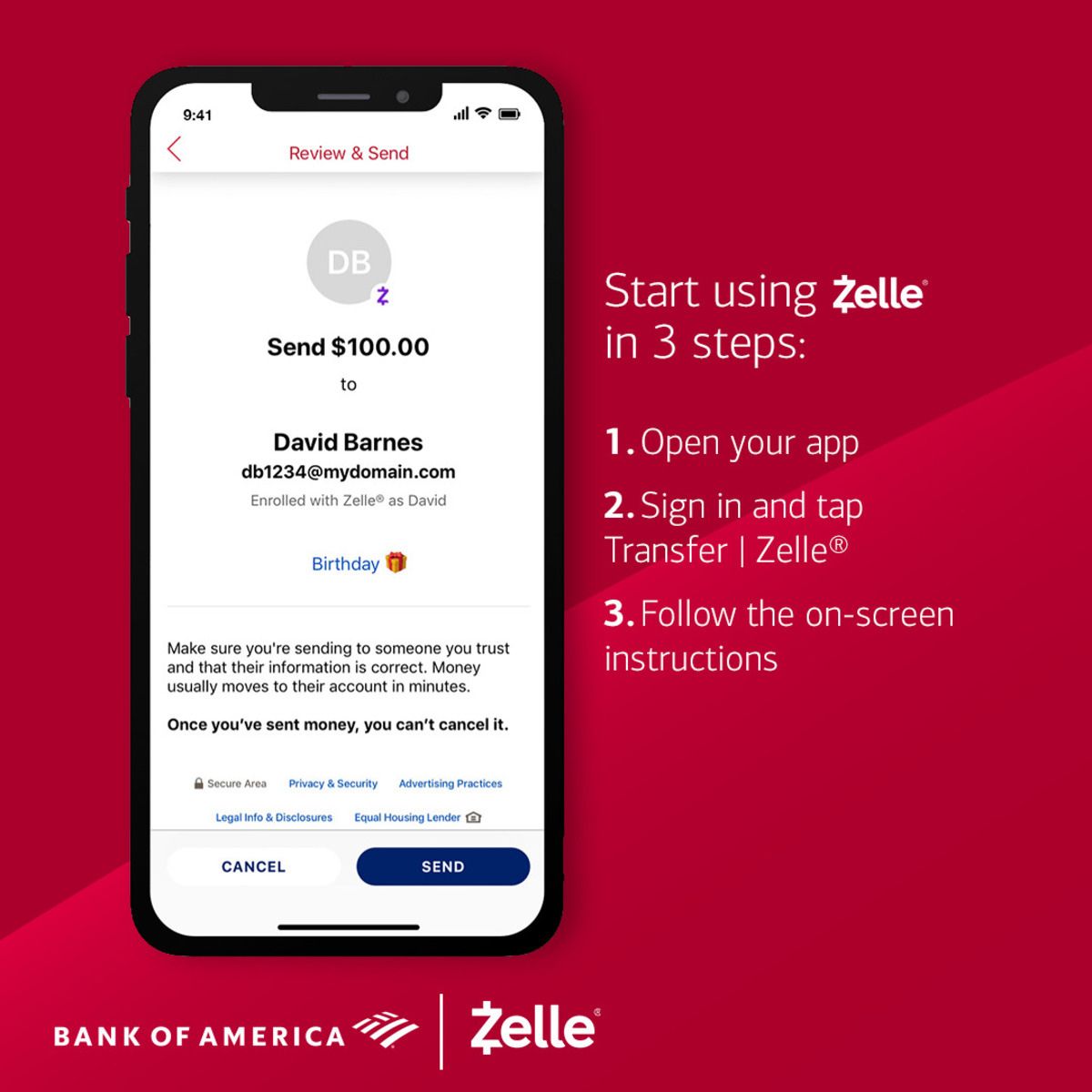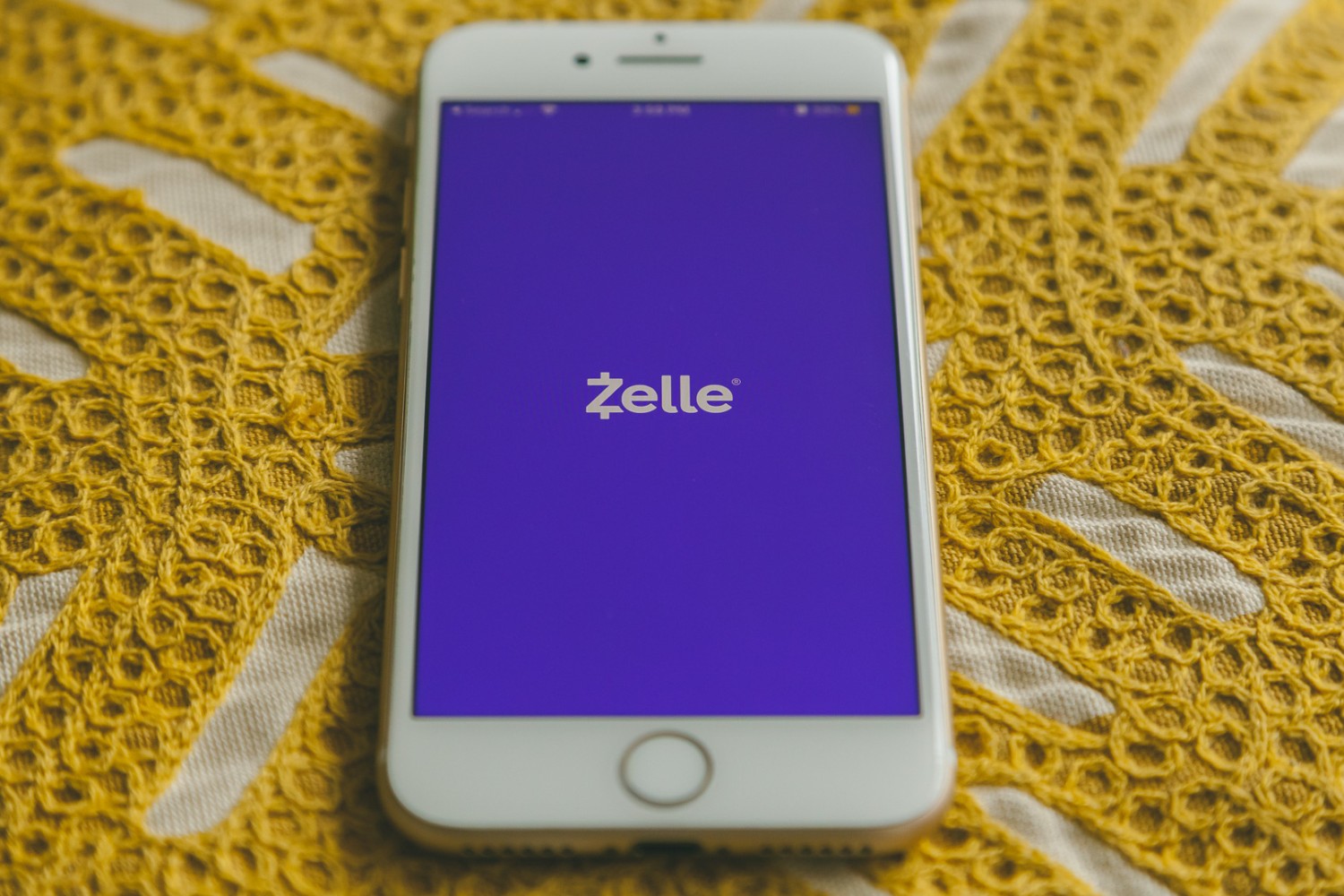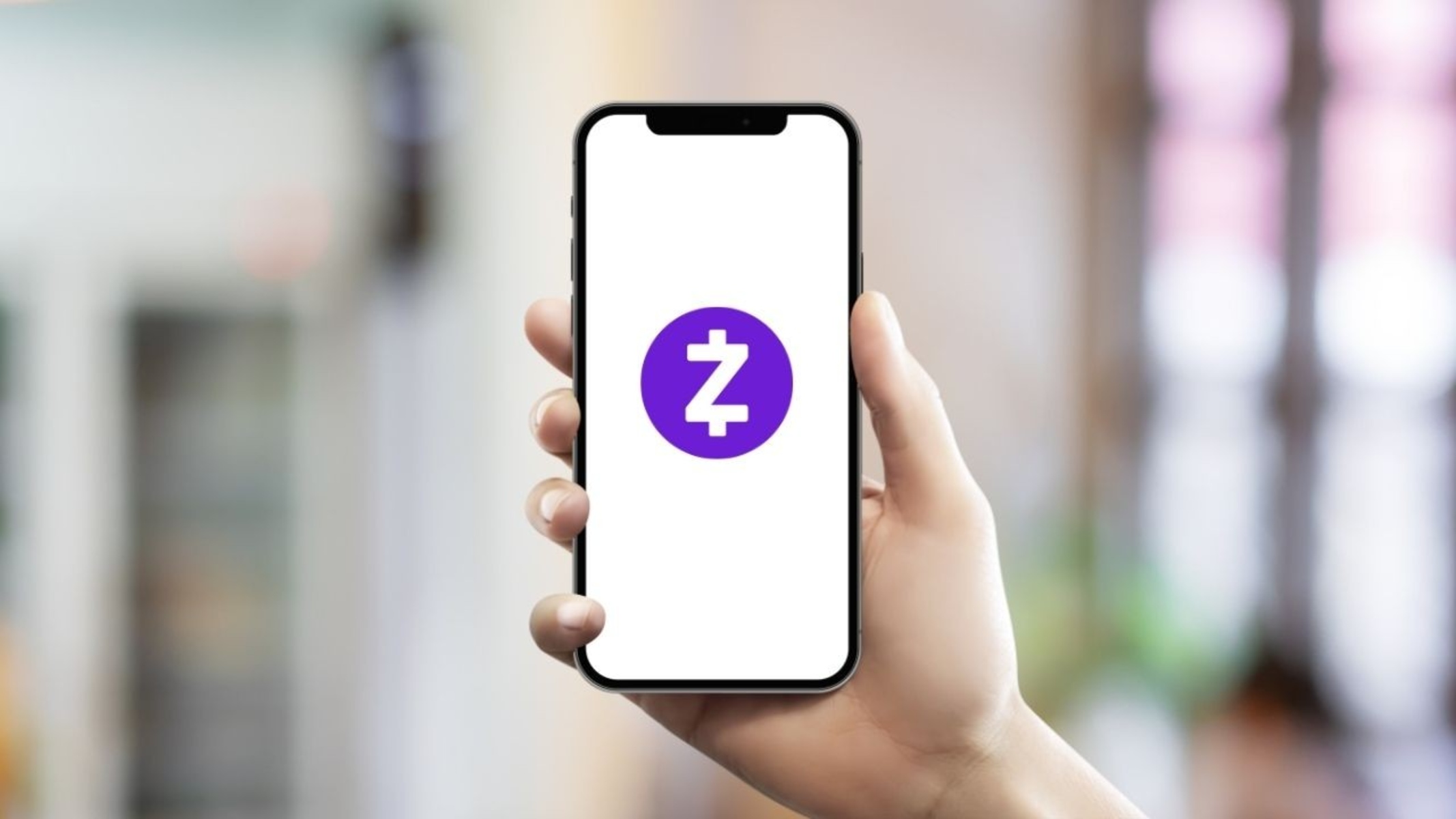Introduction
Welcome to the world of digital payments, where sending and receiving money has become easier and more convenient than ever before. With innovative platforms like Zelle, individuals can quickly transfer funds to friends, family, and businesses with just a few clicks. However, it’s essential to understand the limitations and guidelines associated with these systems to ensure a seamless and hassle-free experience.
Zelle is a popular person-to-person payment service that allows users to send money directly from their bank accounts to others. Whether you want to split a dinner bill, repay a friend, or contribute to a group gift, Zelle offers a fast and secure way to make these transactions.
However, as with any financial service, there are certain restrictions in place to protect customers and minimize potential risks. One such limitation is the weekly limit on Zelle transactions. Understanding this limit is crucial to manage your finances effectively and avoid any inconveniences.
In this article, we will explore the concept of the weekly limit on Zelle, how it works, and why it is necessary. We will also discuss how to check your limit, what happens if you exceed it, and how long it takes for the limit to reset. So, let’s dive in and unravel the mysteries of the Zelle weekly limit!
What is Zelle?
Zelle is a digital payment platform that enables users to send and receive money quickly and securely using their mobile devices or computers. It is a convenient alternative to traditional payment methods such as cash or checks, allowing individuals to transfer funds directly from their bank accounts.
Zelle is not a standalone app but is integrated into the mobile banking apps of participating financial institutions. This integration makes it easy for users to access and use the service without the need to download a separate app.
One of the key advantages of Zelle is its speed. Unlike traditional bank transfers that can take hours or even days to process, Zelle transactions are typically completed within minutes. This real-time transfer capability makes it ideal for situations where immediate payment is required.
Security is also a top priority for Zelle. The platform utilizes multiple layers of encryption and authentication to ensure that every transaction is protected. Users can feel confident knowing that their sensitive financial information is kept secure during the transfer process.
To use Zelle, both the sender and the recipient need to have a bank account with a participating financial institution. Once linked to their bank account, users can initiate a transfer by entering the recipient’s email address or mobile phone number. The recipient will then receive a notification with instructions on how to claim the funds. If the recipient is already enrolled with Zelle, the money will be deposited directly into their bank account.
Overall, Zelle provides a convenient and secure way to send and receive money digitally. Whether you need to split expenses with friends, pay a service provider, or help out a family member, Zelle offers a seamless solution that simplifies the payment process.
How does Zelle work?
Zelle operates through a network of participating banks and credit unions, making it easy for users to send money directly from their bank accounts. To use Zelle, you need to have a bank account with one of these participating financial institutions.
To begin, you’ll need to enroll in Zelle through your bank’s mobile banking app or website. Once enrolled, you can link your bank account to your Zelle profile. This allows you to initiate transfers and receive money from others.
When you’re ready to send money, simply select the recipient from your contacts or enter their email address or mobile phone number. You’ll then enter the amount you wish to send and choose which account to use if you have multiple accounts linked to Zelle.
Once you confirm the transfer, the recipient will receive a notification informing them that they have received money through Zelle. If the recipient is already enrolled with Zelle, the funds will be directly deposited into their bank account. If they are not yet enrolled, they will be prompted to enroll to receive the money.
It is important to note that both the sender and the recipient need to have a bank account with a participating financial institution to use Zelle. If the recipient’s bank does not participate in the Zelle network, they may need to sign up for Zelle through a different bank or credit union to claim the funds.
Zelle’s simplicity and convenience make it a popular choice for person-to-person payments. By utilizing the existing infrastructure and partnerships with banks, Zelle ensures that money transfers can be completed with ease and efficiency.
With its user-friendly interface and quick transaction times, Zelle offers a seamless payment experience that meets the needs of today’s digital-savvy consumers.
What is the weekly limit on Zelle?
The weekly limit on Zelle refers to the maximum amount of money that an individual can send or receive through the platform within a specific timeframe. This limit is put in place to ensure the security and integrity of transactions while also preventing unauthorized or excessive transfers.
The exact weekly limit on Zelle may vary depending on the participating financial institution and the user’s account status. Typically, the limit ranges from $500 to $2,500 per week for most users. However, some users may have higher limits based on factors such as their banking relationship and transaction history.
It’s important to know that the weekly limit applies to both outgoing and incoming transfers. For example, if your Zelle limit is $1,000 per week, you can send up to $1,000 to other recipients and receive up to $1,000 from other users within the same week.
It’s worth mentioning that the weekly limit is not a fixed amount for every user. Certain factors, such as the user’s banking relationship, transaction history, and length of time using Zelle, may influence the assigned limit. The financial institution may periodically review and adjust the limit based on these factors.
Knowing your weekly limit on Zelle is essential for managing your finances effectively. It helps ensure that you stay within your allowable limits and avoid any inconvenience or potential disruptions in your transactions. By being aware of this limit, you can plan your payments and transfers accordingly.
Next, let’s delve into why there is a weekly limit on Zelle and the reasons behind its implementation.
Why is there a weekly limit on Zelle?
The weekly limit on Zelle is in place for several important reasons. These reasons include security, fraud prevention, and regulatory compliance.
One of the primary reasons for implementing a weekly limit is to enhance the security of Zelle transactions. By setting a maximum limit, the platform can mitigate the risk of potential fraud or unauthorized transfers. It helps protect both the sender and the recipient from potential financial losses.
Setting a weekly limit also helps prevent excessive or suspicious activity. If there were no limit, it could potentially allow individuals with malicious intent to exploit the system by making large, unauthorized transfers. The weekly limit acts as a safeguard to monitor and control the volume of transactions, reducing the risk of abuse.
Furthermore, the establishment of a weekly limit on Zelle is to ensure compliance with relevant regulations, such as anti-money laundering (AML) and know-your-customer (KYC) requirements. These regulations are designed to prevent illicit activities, such as money laundering or financing of illegal activities. The limit helps enforce these regulations and ensures that Zelle remains in alignment with regulatory standards.
It’s important to note that the weekly limit can vary depending on the participating financial institution and the user’s account status. These variations allow financial institutions to assess and assign appropriate limits based on factors such as the user’s transaction history, account balance, and overall risk profile.
By implementing a weekly limit on Zelle, the platform aims to strike a balance between convenience and security. It provides users with the flexibility to conduct various transactions within a given week while maintaining adequate safeguards to protect against fraudulent or unauthorized activities.
Next, we will discuss how the weekly limit on Zelle is calculated and whether it can be changed.
How is the weekly limit calculated?
The calculation of the weekly limit on Zelle can vary depending on the participating financial institution and the user’s account status. Each financial institution has its own method of determining the weekly limit based on various factors.
One common approach is to assess the user’s banking relationship and transaction history. Financial institutions may consider factors such as the length of time the user has been a customer, their account balance, and their transaction patterns. Based on these factors, the institution can assign a weekly limit that is appropriate for the user’s financial profile.
The assignment of the weekly limit takes into account both outgoing and incoming transfers. For example, if a user’s weekly limit is $1,000, they can send up to $1,000 to other recipients and receive up to $1,000 from other users within the same week.
Financial institutions may also review and adjust the weekly limit periodically. They may reevaluate a user’s account status, transaction history, and risk profile to determine whether a limit adjustment is necessary. This periodic review ensures that the assigned limit remains up-to-date and aligns with the user’s financial behavior.
It’s important to note that while financial institutions may have preset limits for most users, some individuals may qualify for higher limits based on special circumstances or upon request. For example, users with long-standing banking relationships or a history of responsible financial behavior may be eligible for increased limits.
If a user wishes to request a higher weekly limit, they can typically reach out to their financial institution’s customer support or visit a branch location to inquire about the process. The financial institution will assess the request based on factors such as the user’s account history, financial stability, and transaction needs.
Understanding how the weekly limit on Zelle is calculated is essential for users to manage their transfers effectively. It allows individuals to plan their transactions within the assigned limit and avoid any inconvenience or disruptions.
Next, we will explore how users can check their weekly limit on Zelle.
Can the weekly limit be changed?
Yes, in certain cases, the weekly limit on Zelle can be changed. Financial institutions have the discretion to review and adjust a user’s weekly limit based on factors such as their account history, transaction patterns, and overall risk profile.
Some financial institutions may have preset limits for most users, while others may offer the option for users to request a higher limit based on their specific needs. If a user wishes to increase their weekly limit, they can typically contact their financial institution’s customer support or visit a branch location to inquire about the process.
When requesting a higher limit, the financial institution will assess various factors to determine whether an adjustment is warranted. They may consider the user’s banking relationship, account history, transaction volume, and overall financial stability. By evaluating these factors, the institution can determine an appropriate limit that balances the user’s needs with security and risk mitigation.
It’s important to note that not all requests for limit changes are guaranteed to be approved. Financial institutions have guidelines and criteria in place to ensure that any adjustments are in line with regulatory requirements and the individual’s financial circumstances. Additionally, higher limits may involve additional security measures or require additional documentation to further prevent fraud or unauthorized activities.
Users should be aware that requesting a higher limit does not guarantee an approval. Financial institutions will assess each request on a case-by-case basis, taking into account various factors to ensure the security and integrity of the Zelle platform and its users.
Understanding whether the weekly limit on Zelle can be changed allows users to explore their options and potentially adjust their limits to better suit their transaction needs. It’s always advisable to contact the financial institution directly for specific information on their limits and the process for requesting a limit change.
Next, we will discuss how users can check their weekly limit on Zelle.
How can I check my weekly limit on Zelle?
To check your weekly limit on Zelle, you can follow a few simple steps depending on the participating financial institution you are using. Although the process may vary slightly, the general steps are as follows:
- Open your mobile banking app or access your online banking account. Make sure that the app or website supports Zelle and that you are enrolled in the service.
- Locate the Zelle section or tab within the app or website. It may be labeled as “Send Money with Zelle” or something similar.
- Select the option to view your limits or account settings. This option may be found within the Zelle section or in the settings menu.
- You should see your current weekly limit displayed on the screen. This will show you the maximum amount you can send or receive through Zelle within a particular week.
If you are unable to locate your weekly limit through the app or website, you can reach out to your financial institution’s customer support for assistance. They can provide you with specific information about your Zelle limits and help guide you through the process of checking your limit.
It’s important to keep in mind that your weekly limit is subject to review and may be adjusted by your financial institution based on various factors, such as your account history, transaction patterns, and overall risk profile. Therefore, it is recommended to check your limit periodically to stay informed about any potential changes.
By knowing your weekly limit on Zelle, you can effectively plan and manage your transactions, ensuring that you stay within your allowable limits and avoid any disruptions or inconveniences.
Now that you understand how to check your weekly limit on Zelle, let’s explore what happens if you exceed your limit.
What happens if I exceed my weekly limit?
If you exceed your weekly limit on Zelle, there are several possible outcomes depending on the specific policies of your financial institution. Here are some common scenarios:
- Transaction rejection: When you attempt to send money that exceeds your weekly limit, the transaction will be declined or rejected by Zelle. This is to prevent you from exceeding your limit and to ensure that you remain within the allowed transfer amount.
- Delay in processing: In some cases, if you accidentally exceed your weekly limit, the transaction may be put on hold or delayed until the following week when your limit resets. This means the recipient will not receive the funds immediately, and you may need to make alternative arrangements for payment.
- Temporary limit adjustment: If there is a specific need to exceed your weekly limit, such as for an urgent or exceptional transaction, you may contact your financial institution’s customer support. They may have a procedure in place to temporarily increase your limit for such situations.
- Overspending consequences: It’s important to be mindful of your weekly limit to avoid overspending. If you consistently exceed your limit, you may face consequences such as fees or penalties from your financial institution. Additionally, repeated violations or misuse of the Zelle service may result in the suspension or restriction of your account.
To prevent hitting the weekly limit and to ensure smooth transactions, it is advisable to keep track of your Zelle activity and monitor your remaining limit throughout the week. This way, you can plan your payments and transfers accordingly and avoid any potential issues or complications.
It’s worth noting that financial institutions have different policies and procedures regarding the handling of transactions that exceed the weekly limit. Therefore, it’s important to refer to your specific financial institution’s terms and conditions or reach out to their customer support for the most accurate and up-to-date information.
Understanding the consequences of exceeding your weekly limit on Zelle allows you to proactively manage your transactions within the limits to maintain uninterrupted and seamless payment experiences.
Finally, let’s discuss how long it takes for the weekly limit to reset on Zelle.
How long does it take for the weekly limit to reset?
The duration for the weekly limit to reset on Zelle may vary depending on the specific policies of your financial institution. Typically, the limit is reset on a rolling seven-day basis.
When the weekly limit resets, it means that the transaction volume from the previous seven days is no longer counted towards your limit. This allows you to initiate new transactions up to your maximum weekly limit again.
For example, if your weekly limit is reset every Monday at midnight, any transactions made before that time within the previous seven days will no longer be considered when calculating your limit for the new week.
It’s important to note that your financial institution will have specific guidelines on when exactly the weekly limit is reset based on their systems and processes. Some institutions may follow a different schedule, such as resetting the limit on a specific day of the week or at a specific time of the day.
To ensure that you have accurate information regarding the reset timing of your weekly limit on Zelle, it is recommended to check the terms and conditions provided by your financial institution or contact their customer support for confirmation.
Being aware of when the weekly limit resets is crucial for planning your transfers and managing your finances efficiently. It allows you to time your transactions accordingly, ensuring that you make the most of your weekly limit without exceeding it.
Now that you know how long it takes for the weekly limit to reset, let’s wrap up our discussion on Zelle’s weekly limit.
Conclusion
Zelle provides a convenient and secure way to send and receive money digitally, simplifying the payment process for individuals. However, it is important to understand and abide by the weekly limit on Zelle to ensure a smooth and hassle-free experience.
The weekly limit on Zelle is the maximum amount of money that can be sent or received through the platform within a specific timeframe. It is in place to enhance security, prevent fraud, and ensure regulatory compliance. The limit may vary depending on the participating financial institution and factors such as the user’s account status and transaction history.
Understanding your weekly limit allows you to manage your transactions effectively and avoid exceeding the allowable limits. It is crucial to check your limit periodically through your financial institution’s app or website. Some institutions may offer the option to request a higher limit, although approval is not guaranteed and is subject to their assessment.
Exceeding the weekly limit on Zelle can result in transaction rejections, delays, or potential consequences such as fees or restrictions. Keeping track of your Zelle activity and staying within your limits helps maintain uninterrupted and secure payment experiences.
The exact time for the weekly limit to reset on Zelle may differ depending on your financial institution. Typically, the limit is reset on a rolling seven-day basis at a specific time or day. To have accurate information about the reset timing, refer to your financial institution’s terms and conditions or contact their customer support.
By understanding and adhering to the weekly limit on Zelle, you can make the most of this digital payment platform while ensuring the safety of your transactions. Zelle’s convenience, speed, and security make it an excellent choice for person-to-person payments in today’s digital age.









